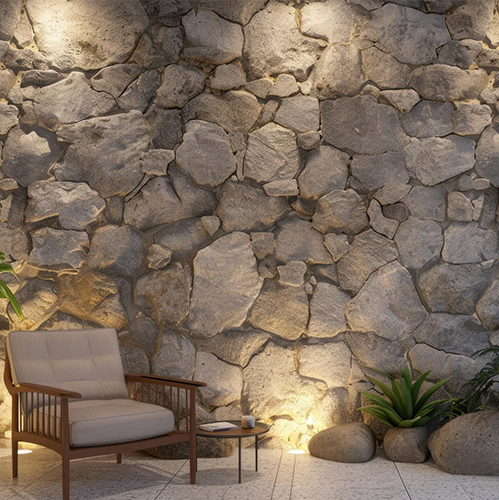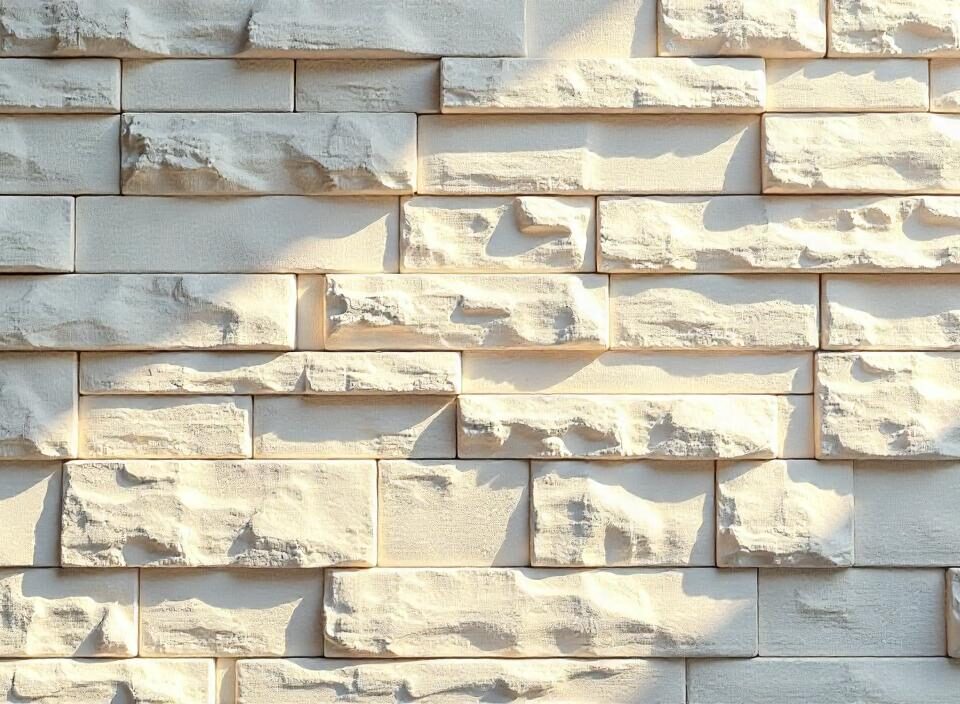Contemporary Home Improvement with Attractive Type of Stone Wall Cladding
Stone wall cladding is an aesthetic shield and wrap for the walls, which provides durable natural stones finish to any building and interior design. This method of the wall treatment has gained much popularity because it improves the aesthetic value of a house, the durability and provides either the rustic, the modern or the luxury outlook depending on the type of stone used. But let’s discuss what Natural Stone Wall Cladding is and how it is used? Here, you will learn everything you need to know about stone cladding, ranging from the fundamentals, the advantages, variety, and steps that should be followed in order to install this feature.
Scope of the Article
There is a lot that needs to be said about the use of stone wall cladding thus this article comes in handy in that it enlightened users on the following;
- It is a veneer whose material resembles stones that interface with walls or façade without necessarily meaning that it is made up of whole stones. It can be worked into slabs or tiles and fixed on the wall with adhesives or even mortar. They can be used indoor and outdoor thus it can suit everyone beginning from homeowners, builders to interior designers.
- This method enables structures to realize the decorative and use values of the natural stone including strength and weather endurance yet without the many difficulties inherent with oversize and weighty blocks of the stone.
The advantages of stone wall cladding policy
- Aesthetic Appeal: This product has a unique property that enhances its suitability for use as a stone wall cladding material; this is the aspect of change. Stones are an added natural beauty and each surface when done with stones is eye-catching regardless of its application… exteriors, interiors, especially on a feature wall or even a fireplace. The several types of stone are granite, slate, limestone, sandstone and as such, there exists a range to satisfy each type of style, the countryside on the extreme end of the spectrum to the ultra modern extreme end of the spectrum.
- Durability and Protection: It also acts as a protective layer to the substrate by forming a wall from stones. It is immune to effects of severe weather factors such as hailstorms, hurricanes and even direct sun rays – this shows that it is ideal for external walls. Inside, it helps shield the walls from the wears caused by the movement of people and furniture within the home or protects the wall from moisture where there is action of bathrooms and kitchens.
- Insulation Properties: The natural stone also responds well to variations in temperature due to its high thermal characteristic. Another potential benefit of these installations when done on the exterior of a building, concerns heating and cooling of structure as stone cladding affords added insulation, making the interior more bearable during hot summer months and warmer during chilly winters. This energy efficiency may hence result in lower heating and cooling bills.
- Low Maintenance: Another advantage of stone cladding is that once it has been done and the First Lite cladding has been hung, it does not need further touching up. It is also unique from simple painting or other enhancement of the walls as it will not flake, break, or lose color with time. It is also immune to rot, mold, mildew, and insects and therefore used more in outside and inside facilities. Light touching to clean off smear or dust may be the only maintenance it requires until it starts to wear out.
Types of Stone Wall Cladding
- Natural Stone Cladding: Real stone for façade is real stone found in quarries and can be used in natural stone cladding. This type is the most realistic and beautiful kind of material with great physical characteristics and great colors, which cannot be obtained with the help of artificial materials. But more often it is a bit more costly because of the high cost involved in quarrying and cutting of stone.
- Manufactured Stone Cladding: Artificial or manufactured stone cladding tested competitively when it comes to cost compared to natural stone cladding. It is compounded from cement and aggregates and pigments giving the finished product a stonelike appearance. On the other hand, despite its realistic appearance, manufactured cladding is often much lighter and easier to handle and that brings down expenses connected with installation too.
- Stone Veneer Panels: Stone veneers are ideal panels of stone, or manufactured stone or fabricated stone. They are intended for easier installation as they enable quicker and more evenly spread application. These panels are preferred more for indoor usage, for instance as a focus wall or as a niche with a fire place.
- Stacked Stone Cladding: Stretched stone cladding consists in depositing thin slices of stone on top of one another to give some depth of protection. This kind of cladding is most commonly applied on fences and indoors on the walls where people would like to make some kind of focus point. This design is suitable for the rustic or contemporary styles depending on the kind of stone used.
The Installation Process:
The installation of stone wall cladding generally involves a few key steps:
- Surface Preparation: The thin veneer coat of cladding cannot be applied until the wall surface has been prepared and cleaned. Any joints and imperfections are normally to be filled, and occasionally a layer of waterproofing material may be applied.
- Application of Adhesive: As soon as the surface is ready, a specific glue or screed is placed on the wall. This is what holds the stone cladding in place. This channel holds the stone cladding in place.
- Positioning the Stone: The stone cladding is then placed on the adhesive and installers make sure that they don’t overcrowd the surface and that they are properly aligned. Mechanical anchoring means may be used to fix larger stone also, in addition while fixing stones to walls.
- Finishing: Once the stone is set the joints may be pointed with cement or mortar and washed so that they blend in depending on the surface finish required. Last of all the extraneous surface is washed, adhesive or grout left over is scraped off.
Conclusion:
Stone wall cladding is ideal for any individual who wishes to incorporate authentic, dependable, and protective veneer to the house or business. With regards to the option of natural stone or artificial one, this method is rather diverse and allows one to choose the option with the appropriate price and design. Stone cladding, being the economical and low maintenance solution which has a timeless aesthetic value, could still be used externally and internally.
Anyone looking to source stone wall cladding solutions can get in touch with The Stone Evolution for various superior quality looks that can complement any structure and uplift its strength at the same time.


